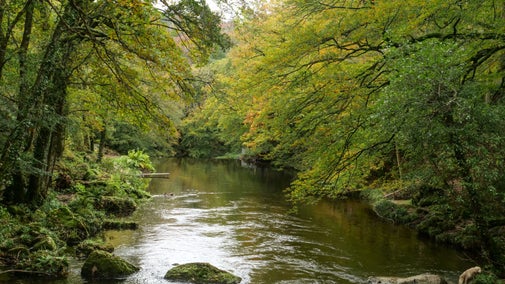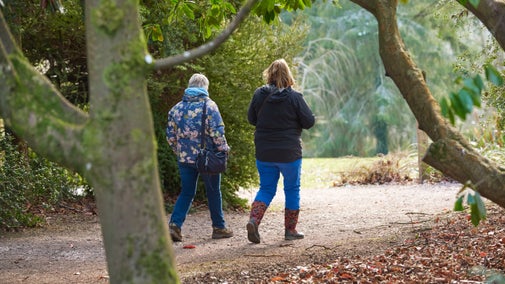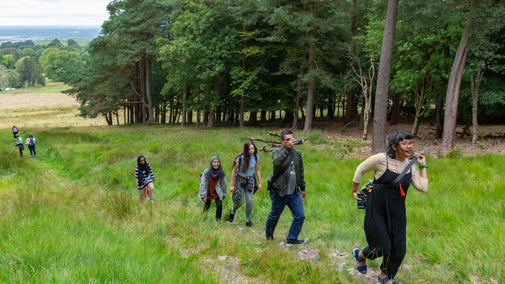Prawle Point walk
Devon
This walk is full of drama: heart thumping clifftop climbs, with rocky raised beaches below. Look out for the sunken Demetrios below Signalhouse Point and don't miss the ancient boundary stones that dot the landscape. Call in at the Coastwatch visitor centre to find out more about this wild and beautiful landscape.
Near to
Mill BayStart point
Prawle Point car park, grid ref: SX775354Trail information
Please be aware of livestock
Be aware that you may encounter livestock, which can include sheep and cattle, on this route. Please follow the guidance of onsite signage and take any dog waste away with you.
More near here
Teign Gorge classic circuit
Follow the breathtaking Hunters Path high above the river Teign for chances to spot wildlife and stunning views. The path then drops down into the beautiful woodland as you follow the river back to Castle Drogo.

Heddon Valley to Woody Bay walk
Take in spectacular views along the coast on this challenging walk along an historic 19th-century carriageway.

East Soar to Bolt Head Walk
Explore an easy circular walk on the South West Coast Path near Salcombe, taking in the views and beaches around Bolt Head, Starehole Bay, Overbeck's and Tor Woods.

Get in touch
Our partners

We’ve partnered with Cotswold Outdoor to help everyone make the most of their time outdoors in the places we care for.
You might also be interested in
Walking in Devon
From rugged coastline with captivating views to gentle woodland strolls, these are some of the best walks in Devon this winter.

Cotswold Outdoor: our exclusive walking partner
Learn about the National Trust’s ongoing partnership with Cotswold Outdoor. Find out how they help us care for precious places and the exclusive discount available for National Trust supporters.

Staying safe at National Trust places
The special places in National Trust care sometimes come with a few risks for visitors, be it coastline or countryside. Find out how to keep safe throughout your visits.

Follow the Countryside Code
Help to look after National Trust places by observing a few simple guidelines during your visit and following the Countryside Code.

Walking
Explore some of the finest landscapes in our care on coastal paths, accessible trails, woodland walks and everything in between. Find the best places to walk near you.

